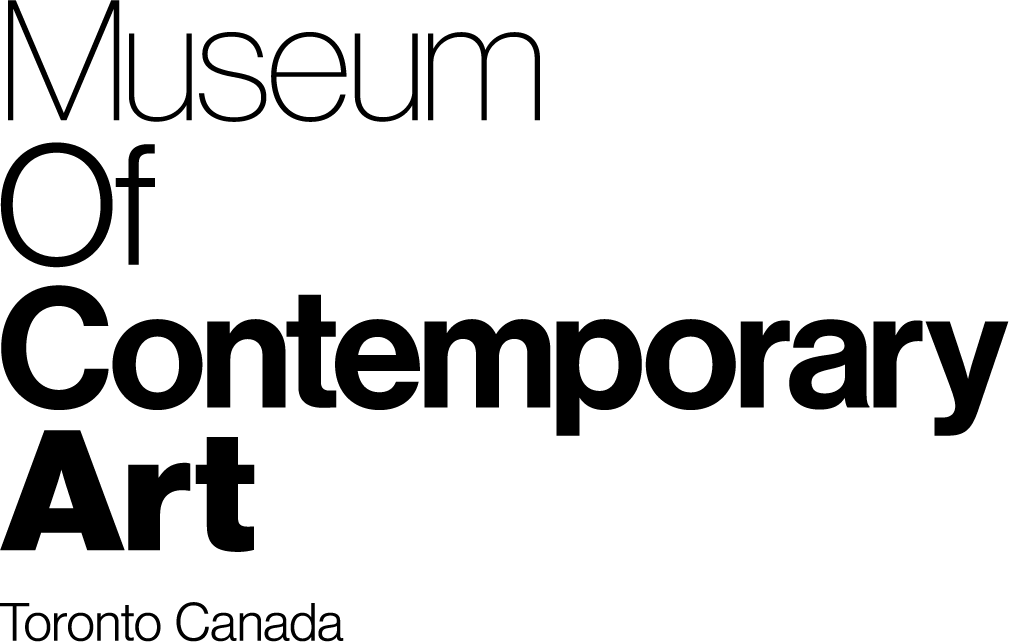April 2 – April 11, 2010
Project Room
Cinema X: I Like to Watch showcases the works of a series of international artists who have surveyed in a fruitful manner the relationship between visual arts and sex, sexuality, and eroticism. Canadian artist Bruce LaBruce presents his first porno film shot in Toronto; Australian artist Dani Marti explores S&M and webdating; Dutch artist Erwin Olaf delves into voyeurism and transvestitism; Czech artists Anetta Mona Chisa & Lucia Tkacova recreate a porn film in which one of the artists adopts the classical male posture; Spanish artist Santiago Sierra explores the complex dynamics between capitalism and sex; Guatemalan artist Regina Galindo puts her own body at risk with vaginal surgery; Spanish artist Carlos Aires reveals the viewer´s ignorance of a dark room, and the duo of Canadian artist Steve Reinke and American artist Jessie Mott explore human sexual desires through an animated fable. Sexual expressions like voyeurism, onanism, S&M, transvestitism or dark rooms are the reflection of our contradictions with regard to sexuality, while they embody the times and society we live in. Perhaps we should ask ourselves if our promiscuity is a defiance of sexual repression or just a submission to its consumerist variant. On top of the ruins of a merely biological fact like gender, society has constructed a gigantic symbolic world: sexuality. It’s the result of a contradictory and sophisticated mix of physiological structures, behaviors, cultural experiences, sentiments, religious interpretations, social forms, and power plays, which has ended imposing a model based exclusively on monogamy and heterosexual relationships. From a merely biological point of view, men –M. Potts and R. Short insist in their book Ever Since Adam and Eve: The Evolution of Human Sexuality– have always been polygyamous, but insist in being monogamous. Desmond Morris also affirmed throughout many of his books, that human evolution needed to favor a stable couple, and organized therefore a complex physiological and affective system. Fortunately, now too women are abandoning this artificial inclination based exclusively on the idea that a woman needs a man to raise their children. Discourses on gender and sexuality have always been apocalyptic, dogmatic, and simplifying. Sexuality has been traditionally surrounded by symbolisms, metaphors and superstitions, and many cultures share a common fear of it. Religions especially have shown interest in sexual activity and have absorbed their regulation. This has been to a certain point comprehensible as the sexual act was considered sacred and experienced as a prolongation or reproduction of the creative act itself. It also meant that women were not only excluded from cult rituals, but also that their gender –genitals, menstruation – was accused of embodying guilt and lust, turning thus into a perennial menace for men and their legitimacy of power. All religions alike have demanded exclusive jurisdiction on civil marriage. They intend to control its morality by means of the dichotomy pure–impure, provoking thus the advent of strong taboos that have determined the behavior of generations and generations of human beings, and that still persist today. According to many of these ideas, masturbation, and, especially, homosexuality were considered not only bad, but akin to mental illness. Capitalism, with the aid of the state and the church, has traditionally exercised a strong pressure on heterosexual marriage in order to secure the necessary labor forces. But now sexuality as reproduction is giving little by little way tosexuality as desire, and marriage as a fundamental institution of society is de–institutionalizing itself. Albeit the strong moralist rejection, especially withneo–con liberalism (and its ¨paternalistic¨ idea of protecting its citizens from sexuality while its television channels paradoxically maintain the population in a high and permanent state of sexual excitement), we are emancipating from an ethics of marriage towards an ethics of sexuality. Society changes and so do its conventions. In his interesting book On Seduction Baudrillard already commented in 1980 that, after the liberation of its discourse, there was nothing so insecure as sex, and that its liberation also meant its indetermination. When there is no lack, no prohibition, and no limits, we lose clear references. And this is precisely the challenge now as human beings have to reinvent themselves individually within a mix of traditional and non–traditional relationships with new rules. Sociologist Zygmunt Bauman explains this living an in age of uncertainty in his books Liquid Times and Liquid Love. According to Bauman we experience the passage from a solid to a liquid phase of modernity in which social forms no longer keep their shapes for long, and cannot serve as frames of reference for human actions and long–term life strategies. This basically means that both marriages and relationships have much shorter life expectations, and as soon as one of the partners feels his/hers needs are unfulfilled he or she is willing to enter into a new relationship.
Carlos Aires/ Regina Galindo/ Bruce LaBruce/ Anetta Mona Chisa & Lucia Tkacova/ Dani Marti/ Erwin Olaf/ Steve Reinke & Jessie Mott/ Santiago Sierra Curated by Paco Barragán
Opening Reception
Saturday April 3, 8 – 11 pm




